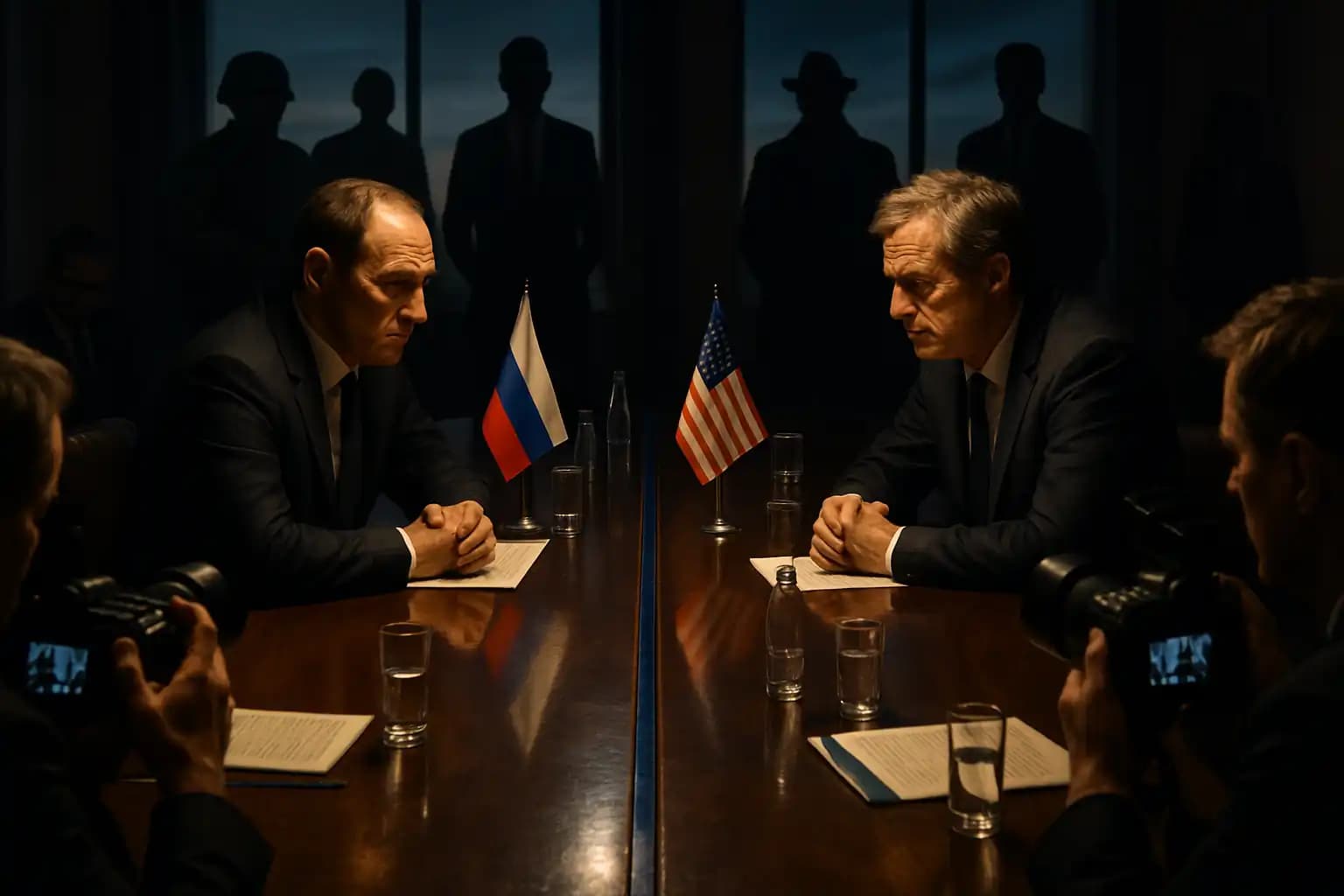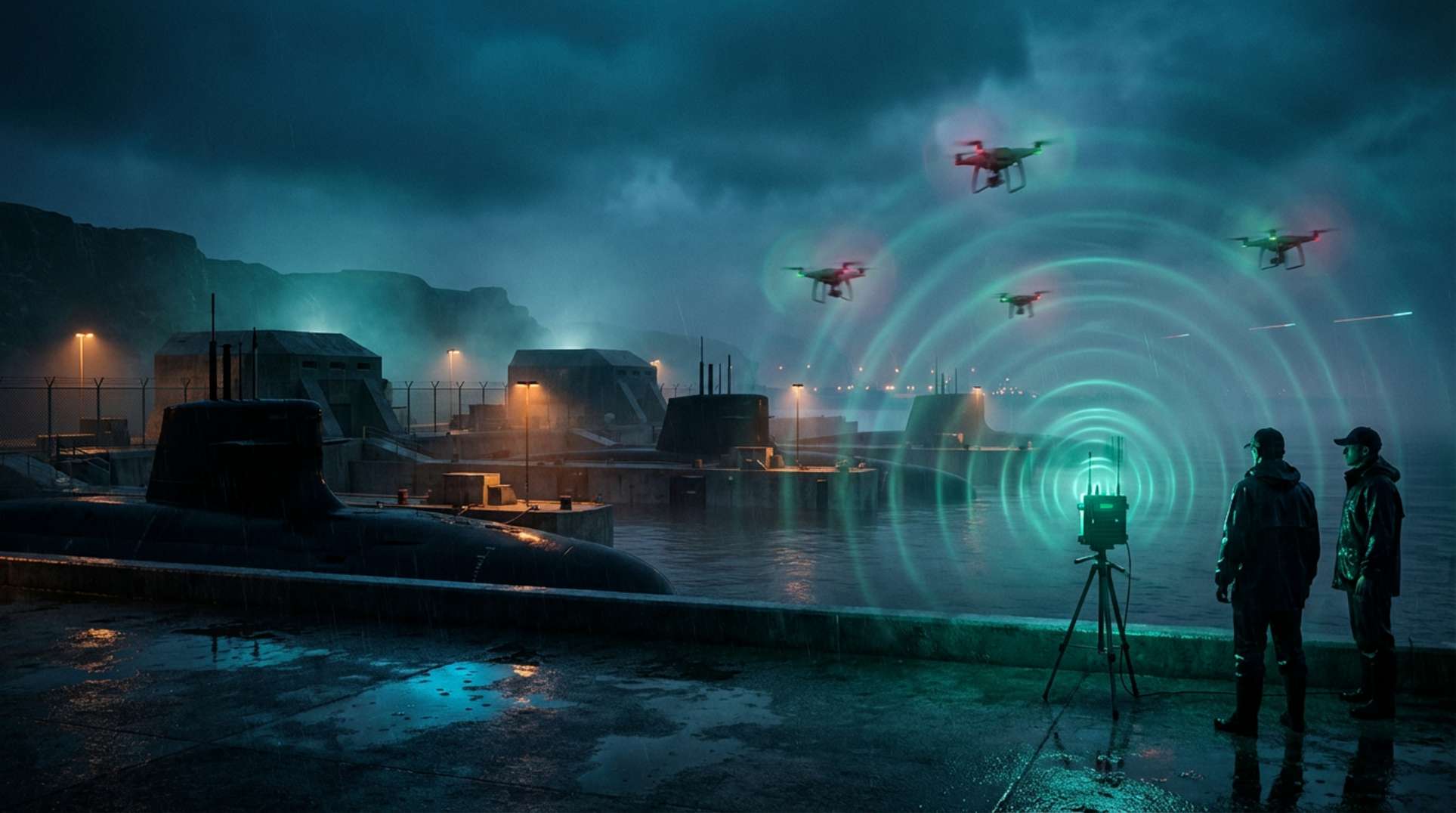Doomsday theorists, defense analysts, and policy hawks may finally agree: the window for averting a broad global conflict is narrowing. As 2024 approaches, the latest peace proposals for Ukraine seem deadlocked—if not destined to fail. Both sides are entrenched amid rising brinkmanship and escalation rhetoric. Russia demands territory and sanctions relief, while Western security guarantees and reconstruction plans clash. This fuels skepticism that any peace summit could end the war rather than merely pause it.
Why Peace Proposals Keep Failing—By Design?
The recent European-led 12-point peace initiative, highlighted in Newsweek, faces immediate challenges. Russia insists on keeping occupied Ukrainian territory and receiving sanctions relief, while demanding a significant role in post-war reconstruction. Western and Ukrainian policymakers demand that Russia cede ground and endure ongoing accountability. Critics contend these nonstarters render the proposals “designed to fail.”
Putin’s plan—permitting a “frozen conflict” with de facto control of current holdings—is outright rejected in Kyiv. President Zelenskyy warns that any such compromise would reignite a broader war (peace negotiations background). The prospect of returning to business as usual remains “a sticking point likely to sabotage” any potential resolution.
NATO, Russia, and the Escalation Risk in 2024
With no viable peace on the horizon, NATO and Russia are solidifying deterrence postures reminiscent of classic Cold War standoffs. A RAND Corporation spectrum of escalation risk, reviewed in International Affairs, highlights the danger of both inadvertent and deliberate actions—ranging from kinetic missteps to potential nuclear crossings. Western tolerance of Ukrainian strikes inside Russia, alongside continued arms supplies, heightens the risk of minor miscalculations spiraling into a broader conflict. NATO’s planners, as detailed in this next-generation military technology report, are racing to enhance resilience and response speed across Europe.
This escalation isn’t just about tanks and missiles; it mirrors new capabilities in electronic warfare, drones, and advanced surveillance. These developments reflect the digital fusion scenarios discussed in AI surveillance analysis and the political risk assessments tracked in this economic fallout review.
Biden’s High-Stakes Choices and Mixed Global Reception
The Biden administration’s decisions—allowing Ukraine to strike deep into Russian territory using U.S.-supplied weapons—spark intense debate domestically and internationally. According to Reuters, Russian lawmakers accuse Biden of “maximizing escalation” and suggest the U.S. is being drawn into direct confrontation as an outgoing administration. Meanwhile, European actors and hawkish U.S. legislators clash over where the blame for escalation lies. Some argue that Moscow’s use of foreign mercenaries and new weapons forced Washington’s hand, while others perceive this policy as election-cycle maneuvering with dangerous potential.
Analysts warn that uncertainty about U.S. leadership post-election adds volatility and incentivizes rapid actions by all parties. High-profile criticism and scenario analysis, evident in crisis escalation briefings and nuclear risk commentaries, underline the fragility of the current situation.
What It Means: Lessons from History and The Edge of World War
The prospect of World War III, discussed in this comprehensive background, has haunted policymakers and the public since the nuclear age began. Mutual assured destruction, proxy wars, and brinkmanship typically prevented great powers from taking drastic actions. However, the rise of non-state actors, cyber-warfare, and economic clashes—along with critical flashpoints in Ukraine, the Middle East, and the Pacific—expand the battlefield while narrowing error margins. As technological and nuclear risks overlap, the “weaponization of uncertainty” compels governments to fortify their supply chains and enhance information resilience, as outlined in emerging tech investigations and the evolving political psychology of anxious global elites.
Escalation is no longer a mere line; it has become a spectrum where missteps or purposely “unworkable” proposals can justify further conflict. For real-time updates, cross-disciplinary analysis, and survivor insights, follow leading reports at Unexplained.co—the frontline for decoding escalation in an increasingly precarious world.




